I just discovered this excellent article, wish you a great read !
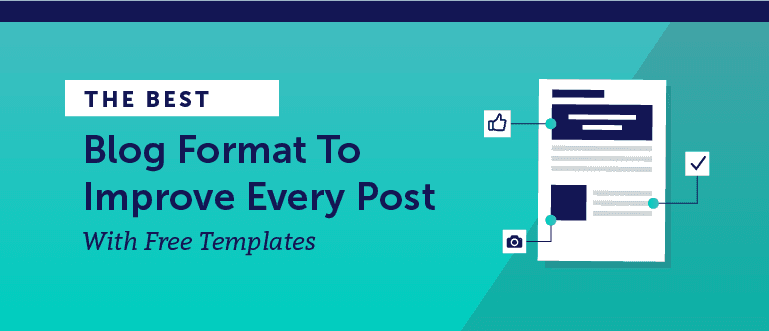
How much time do you spend worrying about your blog format when you sit down to write a post?
However much time that might be, there’s a better way: establishing an outline and a set of editorial standards that you follow on every piece.
This way, you can focus more on writing, and waste less time on mechanics and presentation.
In this post, you’ll learn everything from formatting best practices to where all your visual components should go (and beyond). By the time you’re done, you’ll be sure to have picked up a few tips that’ll help improve your content and retain more readers.What is CoSchedule? CoSchedule is the industry’s favorite marketing management calendar platform. Manage every project, schedule your content + social media promotion, and more, all in one place. Start your free trial.
Download Your Free Blog Format Template
Advice is only worthwhile if you can put it into practice.
And to make applying this post simple, use this blog format template.
Fill out each section and your post will come out well-formatted every time.

Get Your Blog Format Template Now
Plus, join our email list to stay up-to-date.
By signing up, you agree to receive email updates from CoSchedule and you can opt out at any time.Full NameWork Email AddressCompany NameWebsite
Download NowThe Best Blog Format to Improve Every Post (Free Templates)
Want to use Click to Tweet on your blog?
Why Worry About Formatting?
Even the best content can underperform if it looks sloppy.
In general, most people stick around on a website for less than a minute.
Consider this graphic from Nielsen Norman Group:
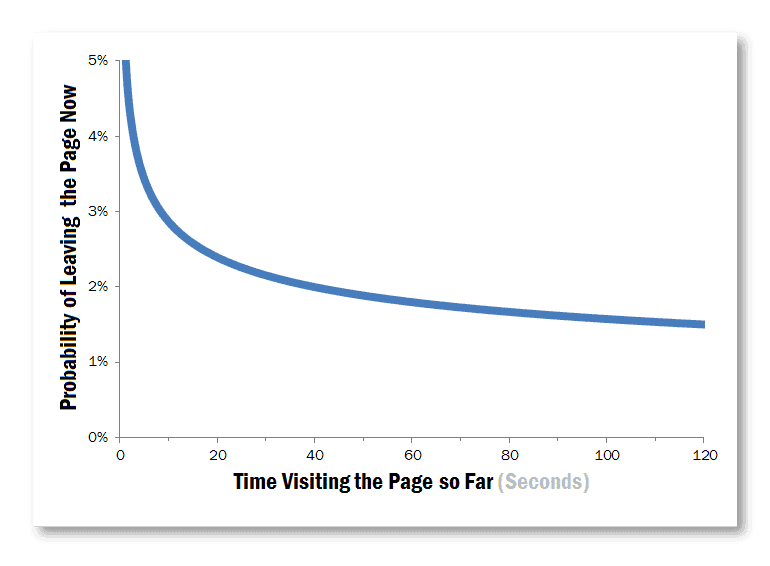
People are most likely to drop off right away, unless they see something compelling that they want to stick around and read, or otherwise interact with.
And guess which factors determine whether people leave, according to Neil Patel:
- The content is irrelevant.
- It’s tough to read on mobile devices.
- It isn’t clear what the page wants them to do (like sign up or make a purchase).
- The design is either too busy, or not interesting enough.
- The site takes too long to load.
Why are these points relevant?
All five of these factors can be influenced, positively or negatively, directly and indirectly, by your formatting.
Plus, there are plenty of other benefits behind making your content presentable. Here are three.
Save Time Writing
Like the intro to this post suggested, setting formatting guidelines for every post helps you save time since you won’t have to think about it each time you create a piece of content. Multiply the amount of time you save on one post, times the number of posts you’ll ever write, and it adds up.
Ensures Posts Are Easy to Read
This helps solve problems #2 and #3 from the numbered list a few paragraphs back.
Provided your content is on point (solving point #1), making sure people can read your stuff on whatever device they’re on while making conversion steps clear, you can put yourself on the path to success.
Improve Your SEO Performance
Incorporating keywords into the right sections of your post, along with using header tags (H2, H3, etc.) smartly throughout your content can have considerable influence over its search performance.
8 Formatting Best Practices to Follow
Before this post digs into an actual formatting process, it’s time to cover some basic best practices that apply more or less universally.
- Sentence Length: Aim for 25 words or less per sentence.
- Paragraph Length: Stick to three sentences or fewer per paragraph.
- Word Count: The best post length is however long it takes to make your point.
- Image Placement: Consider adding at least one image per 300 words.
- Form / Lead Magnet Placement: Make opt-in forms easy to find. They can either be placed in-line (aim for somewhere near the beginning or end) or using a (tasteful) pop-up.
- Links: Make links open in a new window so users aren’t taken away from what they’re trying to read.
- Usage of Header Tags: Use one H1 header for your headline, H2 tags for sub-headers, and H3 tags for points beneath sub-headers. Use header tags H4 through H6 sparingly.
- Flow of Information: Have a clear introduction, body, and conclusion.
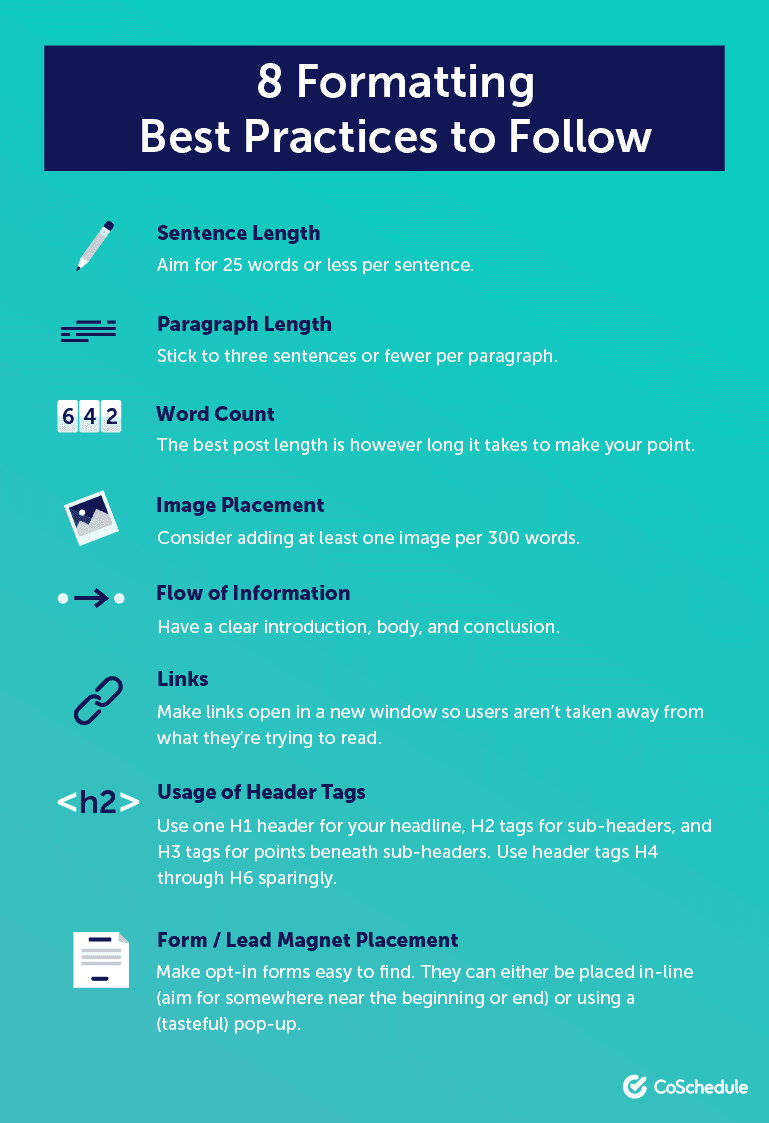
Diagram of an Ideal Blog Post Format
You’ll probably need an example to follow before setting forth on formatting yourself. So, what does a crisp and clear blog post look like? Check out this illustration:
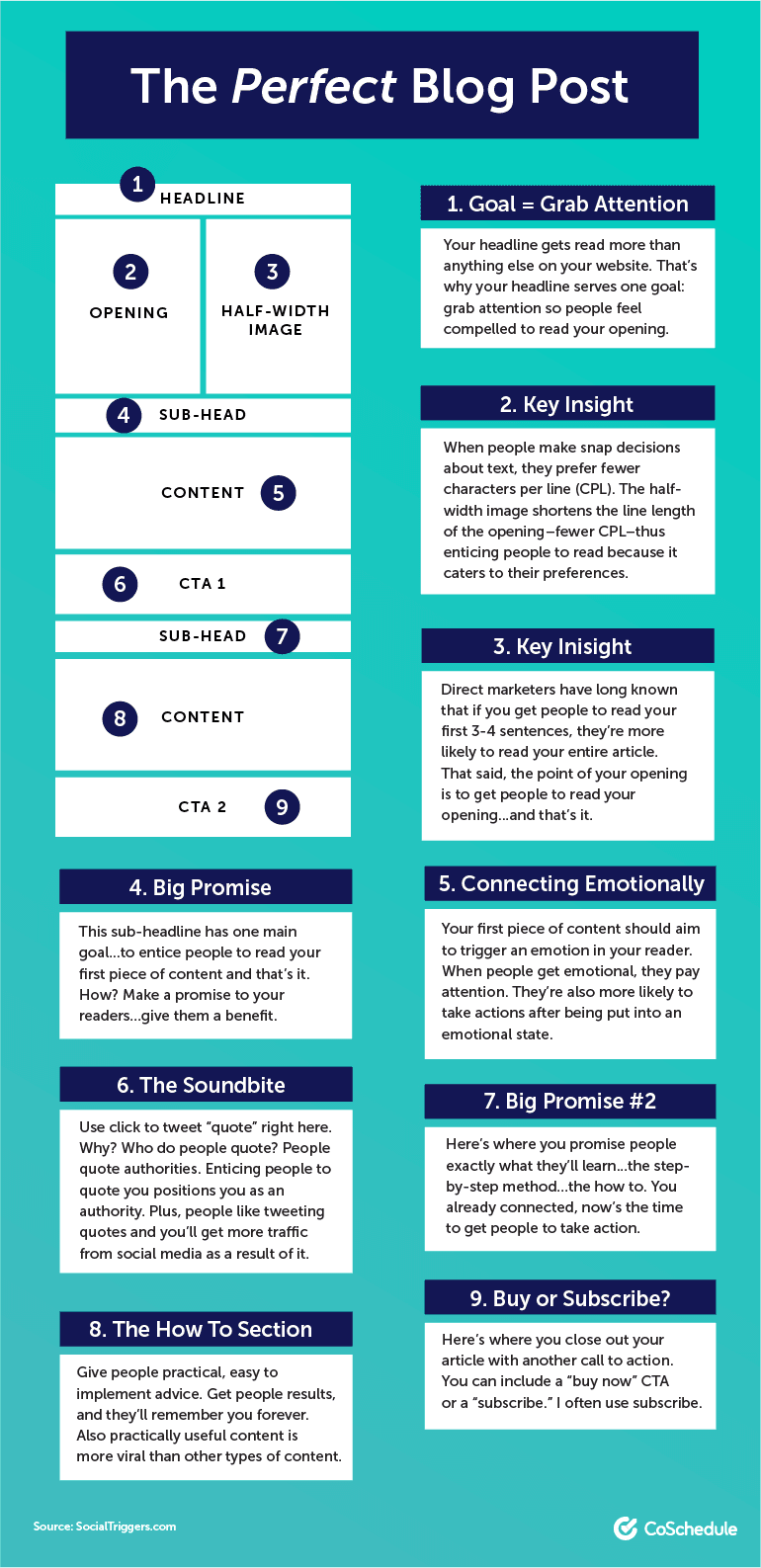
Formatting Your Blog Post in 7 Simple Steps
So, say it’s time to write a blog post.
How should you approach structuring each section? And how can you get that advice in plain English?
Start with this process.
Step 1: Write an Outline
This is the first thing you should do before writing a piece of content: figure out what you’re going to write, and what sections your post will include.
The simplest way to write an outline is to sketch out section subheaders in bold text, and add specific details in bulleted lists beneath each one.
Here’s an example:
Introduction
- Point 1
- Point 2
- Point 3
Next, add in sub-sections and label which sub-header levels they’ll use:
Introduction
- Point 1
- Point 2
- Point 3
First Section: Thoughts on Point 1 (H2)
- Sub-Point 1 (H3)
- Sub-Point 2 (H3)
- Sub-Point 3 (H3)
Why worry about this stuff? Here are a few reasons:
- Using clear sub-headers makes content easier to read. This post you’re reading right now uses H2 and H3 subheader levels throughout. Now, imagine how much harder it’d be to read without them.
- Figuring out up front which header levels to use saves time later: And time is of the essence, right? Less time writing means more time to … do more writing. Or something else.
- Good content structure supports good SEO. Search engines want to see well-structured content with a logical header structure. Mapping that out right away helps keep smart SEO practices a part of your process right from the start.
Step 2: Structure Your Introduction
When the actual writing starts, everything begins with the introduction.
There’s a lot of weight riding on this one section, too.
So, how should they be formatted? Follow these guidelines:
- Keep it concise. Stick to three or four paragraphs maximum (and keep each sentence brief and punchy).
- Add links. Reputable sources can immediately establish accuracy and authority (and keep readers around).
Recommended Reading:How to Write Irresitible Blog Post Introductions That’ll Keep Your Readers Reading
Step 3: Consider Content Upgrade and Lead Magnet Placement
After the introduction, it’s worth considering where your lead magnets (free downloadable resources locked behind an email opt-in form to build your email list) should go.
The CoSchedule Blog frequently places these shortly after the introduction. That’s because they often include resources that are required (or at least helpful) for implement the advice in the rest of the post.
But, whether that’s the best placement for you depends on your content. Here are some options and examples:
After your introduction:
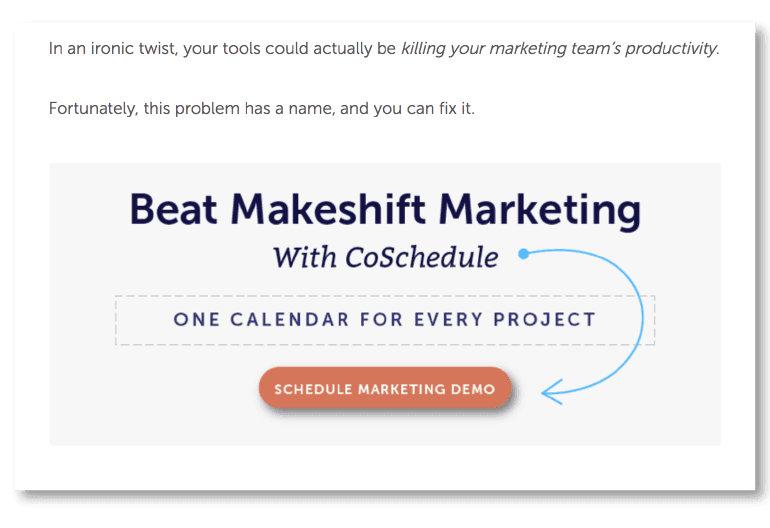
At the end:
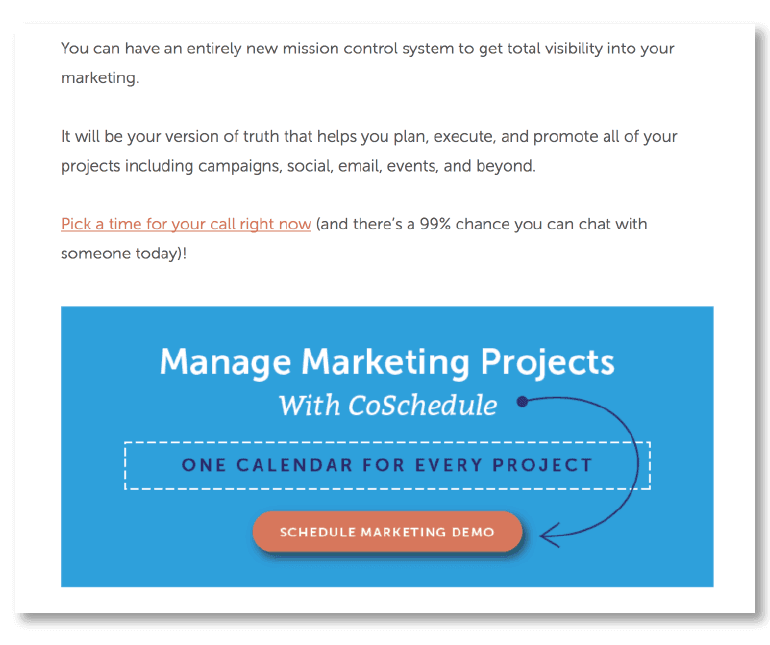
In a pop-up:

It’s worth experimenting with different placements and monitoring which appears to work best. From a formatting perspective though, what matters is knowing ahead of time where it will go, so you can plan and write accordingly.
Step 4: Write Each Subsection
Following your outline, each subsection will need to be written next.
Each one should start with its appropriate sub-header level. If you’re using WordPress, you can find your subheader controls here:
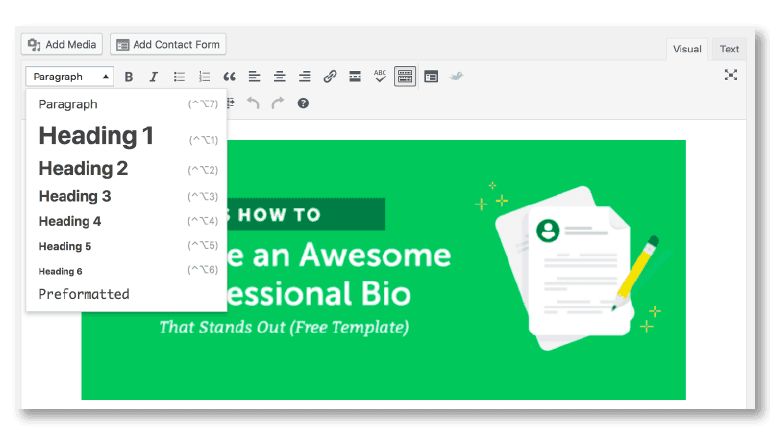
Why are these important? This has been touched on before in this post, but it’s worth reiterating a couple of key points:
- Using consistent subheader levels improves readability. Having logical and consistent structure looks better than using headers and bold text at random.
- Search engines use sub-header HTML tags to understand your content. When assessing how relevant your content is in relation to keyword search terms, Google (and others) will take the contents of your sub-headers into consideration. This also helps search engines (and readers) understand which points of a post are most important (an H1 is more important than an H2, an H2 is more important than an H3, and so on).
As has been stated before, stick to 25 words or less per sentence, and three or fewer sentences per paragraph to make your post easy to skim.
Step 5: Where Should Images Go?
The general best practice is to include an image every 200 to 300 words.
This helps to add more visual appeal to your post, giving readers a rest periodically to look at something more interesting than an endless scrolling wall of words.
Some other images to consider:
- Header graphics: These are great for using as the featured image in WordPress.
- Call to action graphics: Inline graphics linking to conversion steps (like signup forms) can help drive more clicks.
- Infographics / long graphics: They can go a long way toward helping provide information using less inline text, and they’re highly shareable on social media.
Step 6: Adding Click to Tweets
Great content deserves to be shared.
And people will often want to share something great that I’ve read, while they’re reading. This is where click-to-tweet boxes (which can be created using a variety of plugins) come in.
Here’s an example of what they look like:How can better blog formatting improve your posts?
Want to use Click to Tweet on your blog?
But, where should they fit in with your post formatting? How often should they appear?
Here are a couple guidelines to consider:
- Keep some space between click-to-tweets. It’s best to avoid an overly cluttered layout.
- Include quotable copy in each tweet. Avoid including click-to-tweets for no reason. Make sure the text you use is something you think people would want to share.
Step 7: Nail the Conclusion
A good conclusion should summarize the main points of your post. It might also refer readers to places where they can learn more about the topic, or lead into a call-to-action to drive email signups or another type of conversion.
Other Formatting Concerns to Consider
Throughout your post, there will be a handful of other items to make sure are on point.
Images
Image formatting matters for creating great blog posts. Follow these guidelines:
- Add keywords to image file names. Format them like this: this-is-a-great-keyword.png.
- Compress them down to a reasonable file size. Overly large file sizes slow down page load speed.
- Stick to standardized dimensions as much as possible. It just looks cleaner.
Links
There are some formatting considerations for links, too.
- Use natural, conversational anchor text: Make sure readers understand what they’ll find on the destination page when they click a link.
- Mix up internal and external links: Help people find more useful posts on your site, and link out to authoritative sources that support your post.
- Avoid using entire sentences as anchor text. It tends to look sloppy.
Title Tags and Meta Descriptions
Your title tags and meta descriptions don’t appear directly on your blog post, but they do appear in search engine results. Here’s what they look like in search results:

Here’s how each should be formatted:
- Title Tags: Stick to under 70 characters. Break up sections using – or | symbols.
- Meta Descriptions: Stick to under 160 characters.
Use the free SERP preview tool from Spotibo when writing title tags and meta descriptions to see how they’ll appear before publishing your post:
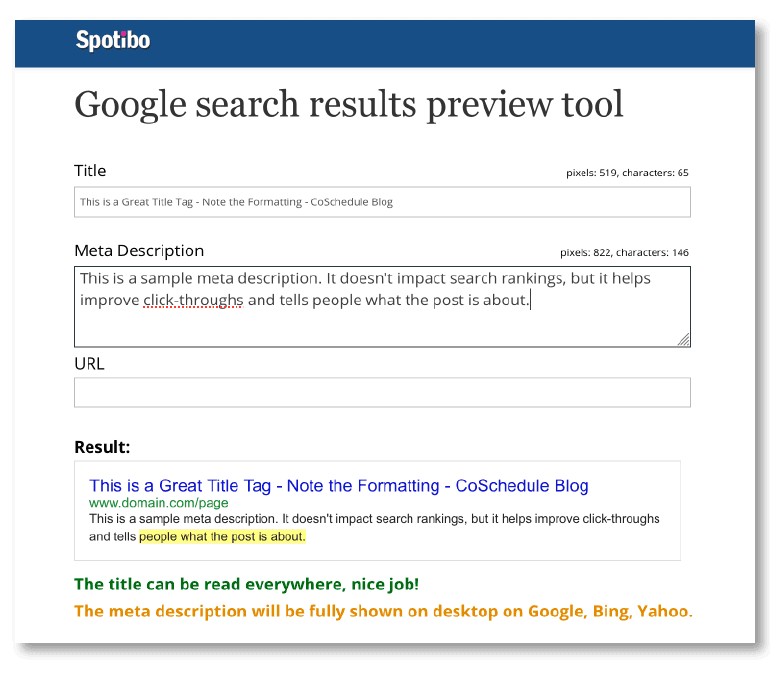
Copy and Paste This Blog Formatting Checklist
There’s a lot of information in this post to remember. So, how do you avoid missing a step? Try using this checklist before publishing each post:
[ ] Introduction includes a minimum of three paragraphs.
[ ] All sentences are 25 words or less.
[ ] All paragraphs are three sentences or less.
[ ] Title tag is less than 70 characters.
[ ] Meta description is less than 160 characters.
[ ] All images are sized appropriately.
[ ] Keywords are placed strategically within content.
[ ] All sub-headers use appropriate H2 and H3 tags.
[ ] Lead magnets and opt-in forms are correctly placed.
[ ] Calls-to-action are appropriately placed.
[ ] Images and other visual elements are placed every 200 to 300 words.
[ ] Click to tweets have been included.
[ ] All links open in new tabs.
[ ] Post flows logically from its introduction to its conclusion.
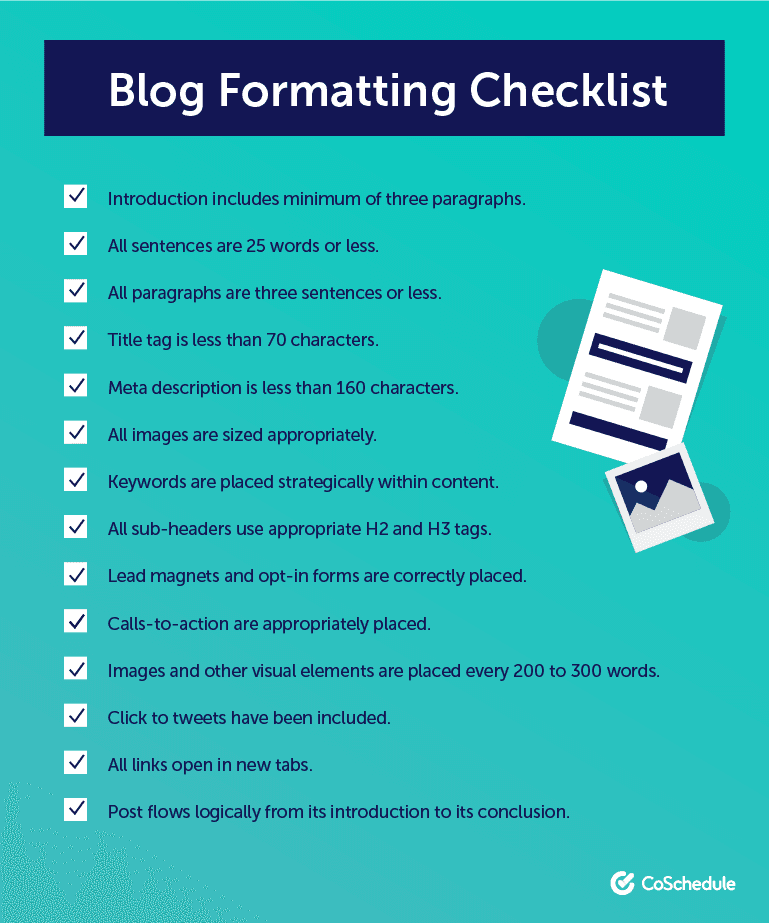
Create Checklists in CoSchedule With Task Templates
It’s easy enough to create a checklist using Excel, Word, or something else. But, the best way to create checklists for marketing projects is with Task Templates in CoSchedule. They’re reusable checklists that make collaboration easy and ensure steps never get missed.
If you’re a customer or have started a free trial, try creating a piece of content on the calendar.
Next, click Tasks and start entering items for your checklist. You can also assign due dates and team members who are responsible for each task:
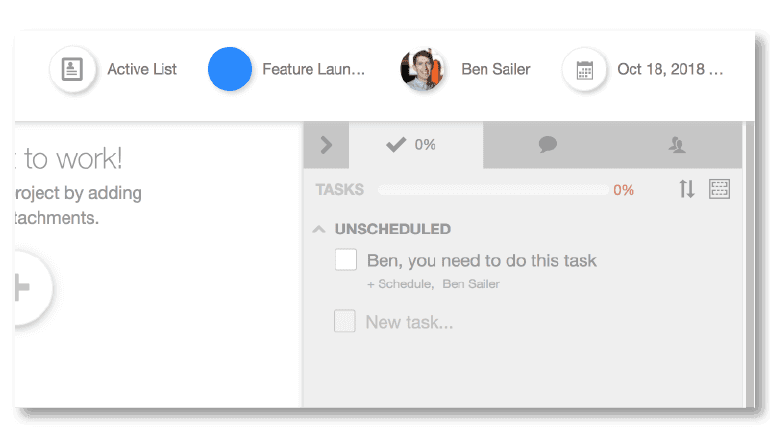
Then, once each step is completed, you’ll see the progress meter appear on the calendar, making it easy to see project progress:
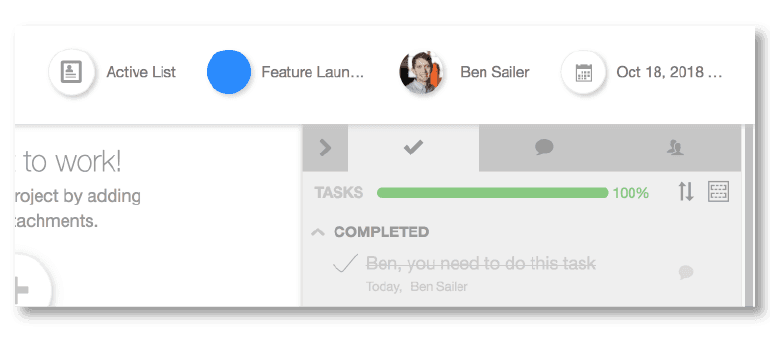
To make sure your team is completing tasks on time, you can also use Team Performance Reports to see who is checking off their tasks on time, and who’s falling behind:

Now You’re a Formatting Expert
You’re now prepared to make every blog post you publish look its best. Before you leave, make sure you grab your free templates and best of luck with your blogging efforts.

